Table of content
Zongzi, a traditional Chinese rice dumpling wrapped in bamboo leaves, is a beloved culinary treasure enjoyed during festivals like the Dragon Boat Festival. These pyramid-shaped delights are typically filled with ingredients like glutinous rice, red bean paste, salted egg yolk, or marinated pork, and their preparation involves meticulous wrapping and hours of steaming or boiling. However, in modern times, freezing zongzi has become a common practice to extend their shelf life, prompting a crucial question: Can you safely and effectively reheat frozen zongzi using a microwave? This article explores the science, safety, and techniques behind microwaving frozen zongzi, ensuring you enjoy this delicacy without compromising taste or safety.
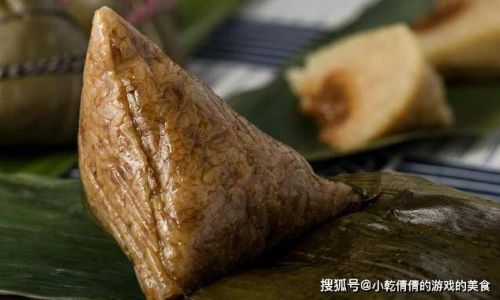
Understanding Zongzi: Structure and Freezing Process
Before diving into reheating methods, it’s essential to grasp the composition of zongzi. The outer layer consists of bamboo or reed leaves, which are porous yet sturdy enough to hold the filling during cooking. Inside, glutinous rice forms the base, adhering to other ingredients through starch gelatinization. When frozen, the water molecules within the rice and fillings crystallize, creating a solid structure. Freezing preserves zongzi by halting microbial growth, but improper reheating can lead to uneven thawing, texture degradation, or foodborne risks.
The Science of Microwave Heating
Microwaves work by emitting electromagnetic waves that excite water molecules in food, generating heat through friction. This process heats food from the inside out, which differs from conventional ovens or stovetops. However, microwaves have limitations:
- Uneven Heating: Dense or layered foods like zongzi may develop hotspots, leaving some areas undercooked.
- Moisture Loss: Prolonged heating can dry out the rice, making it chewy or tough.
- Leaf Interaction: The bamboo leaves may absorb microwave energy differently than the filling, affecting reheating efficiency.
Can You Microwave Frozen Zongzi? The Short Answer
Yes, you can microwave frozen zongzi, but success hinges on technique. Directly microwaving frozen zongzi without preparation risks uneven heating, overcooked edges, and a dry texture. However, with strategic steps, microwaving can be a quick, convenient alternative to steaming or boiling.
Safety Concerns: Bacteria and Thawing
Freezing inhibits bacterial growth, but reheating is critical for safety. The U.S. Department of Agriculture (USDA) recommends reheating frozen foods to an internal temperature of 165°F (74°C) to eliminate pathogens. Microwaving frozen zongzi requires careful monitoring to ensure it reaches this temperature without overcooking.
Step-by-Step Guide to Microwaving Frozen Zongzi
Preparation: Thawing vs. Direct Microwaving
- Option 1: Thaw First
Transfer frozen zongzi to the refrigerator and let thaw overnight. This ensures even heating but requires planning.
- Option 2: Microwave Defrost
Use the microwave’s defrost setting (30% power) for 3–5 minutes per zongzi, flipping halfway. This method is faster but demands vigilance to prevent partial cooking.
Reheating Technique
- Step 1: Moisture Management
- Wrap each zongzi in a damp paper towel to create steam, preventing dryness.
- Place zongzi in a microwave-safe dish with a lid or vented plastic wrap to trap moisture.
- Step 2: Power and Time
- Set the microwave to 50% power to avoid rapid overheating.
- Heat for 2–3 minutes per zongzi, flipping and rotating halfway.
- For multiple zongzi, increase time incrementally (e.g., 4–5 minutes for two).
- Step 3: Temperature Check
Use a food thermometer to verify the center reaches 165°F (74°C).
- Step 4: Resting Period
Let zongzi sit for 1–2 minutes after microwaving to allow heat distribution.
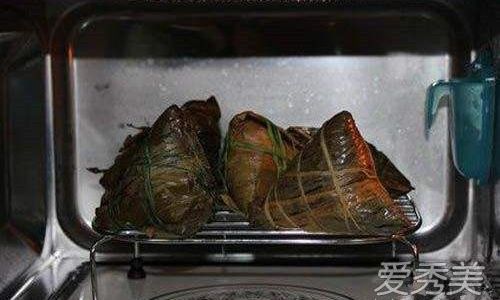
Alternatives to Microwaving: Steaming and Boiling
While microwaving offers speed, traditional methods often yield superior texture:
- Steaming: Preserves moisture and flavor. Place frozen zongzi in a steamer basket over boiling water for 15–20 minutes.
- Boiling: Submerge frozen zongzi in a pot of water, bring to a boil, then simmer for 20–25 minutes.
Pros and Cons of Microwaving Frozen Zongzi
| Advantages | Disadvantages |
|---|---|
| Speed (5–10 minutes vs. 20+ for steaming) | Risk of uneven heating |
| Convenience (no pots or steamers needed) | Potential dryness if not wrapped |
| Energy-efficient for small batches | Limited to 1–2 zongzi at a time |
Tips for Perfect Microwaved Zongzi
- Add Moisture: A splash of water in the dish or a damp towel prevents rice from hardening.
- Adjust Power: Lower settings (30–50%) reduce hotspots.
- Test Doneness: Peel a corner to check if the rice is tender and sticky.
- Avoid Metal: Never use foil or metallic containers in microwaves.
Common Mistakes to Avoid
- Overcooking: High power settings can turn rice to mush.
- Skipping Rest Time: Immediate unwrapping lets steam escape, drying the zongzi.
- Ignoring Leaves: Overheating leaves may char or impart bitterness.
- Reheating Multiple Times: Zongzi tastes best when reheated once.
Cultural Context: Tradition vs. Modernity
Microwaving frozen zongzi reflects the tension between tradition and convenience. Historically, zongzi were consumed fresh or preserved through drying, not freezing. However, globalization and urban lifestyles have made freezing and microwaving essential for busy households. While purists may argue that steaming better honors culinary heritage, microwaving offers a pragmatic solution without sacrificing safety.
The Role of Bamboo Leaves in Microwaving
Bamboo leaves are integral to zongzi’s flavor and aroma. When microwaving, they act as a natural steaming vessel, releasing volatile compounds that enhance taste. However, prolonged heating can dry the leaves, making them brittle. To mitigate this:
- Lightly brush leaves with water before microwaving.
- Remove leaves immediately after reheating to retain moisture.
Troubleshooting Guide
- Dry Rice: Increase moisture with a damp towel or add a tablespoon of water to the dish.
- Uneven Heating: Pause halfway to reposition the zongzi.
- Soggy Texture: Reduce microwave time or power next time.
- Tough Leaves: Soak leaves briefly before wrapping next time for pliability.
Beyond the Microwave: Creative Zongzi Reheating
For adventurous cooks, consider these methods:
- Air Fryer: Wrap zongzi in foil and air-fry at 350°F (175°C) for 8–10 minutes for crispy edges.
- Sous Vide: Vacuum-seal and heat in a water bath at 165°F (74°C) for 30 minutes for even results.
- Grill: Wrap in foil and grill over indirect heat for smoky flavors.
Environmental Impact: Microwaving vs. Traditional Methods
Microwaves consume less energy than stovetops or ovens, making them eco-friendly for small batches. However, single-use plastic wrap or paper towels contribute to waste. Opt for reusable silicone lids or beeswax wraps to reduce environmental impact.
Conclusion: Balancing Convenience and Quality
Microwaving frozen zongzi is a viable, time-saving option when done correctly. By understanding the science of microwave heating, prioritizing safety, and employing moisture-retaining techniques, you can enjoy warm, aromatic zongzi without the wait. While traditional methods like steaming may preserve texture and flavor more faithfully, the microwave offers a bridge between heritage and modernity—perfect for busy individuals craving a taste of tradition.
Whether you’re a seasoned zongzi enthusiast or a curious newcomer, mastering the art of microwave reheating ensures this festive treat remains accessible year-round. So next time you unwrap a frozen zongzi, remember: with care, your microwave can deliver a delicious nod to centuries-old culinary craftsmanship.
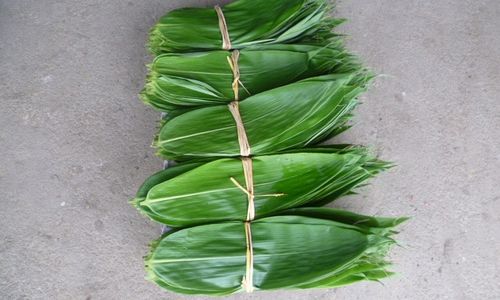

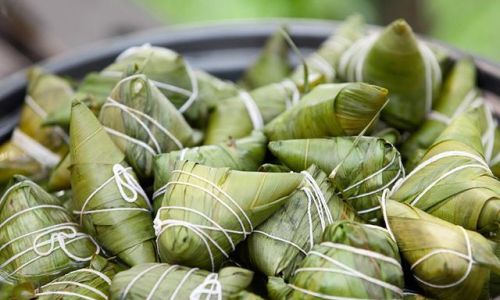
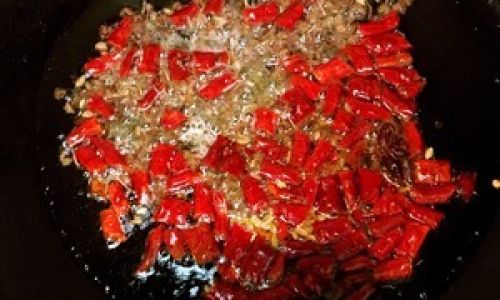
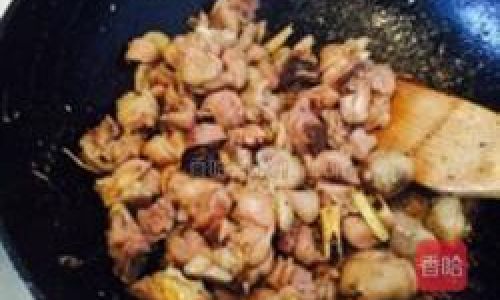
0 comments